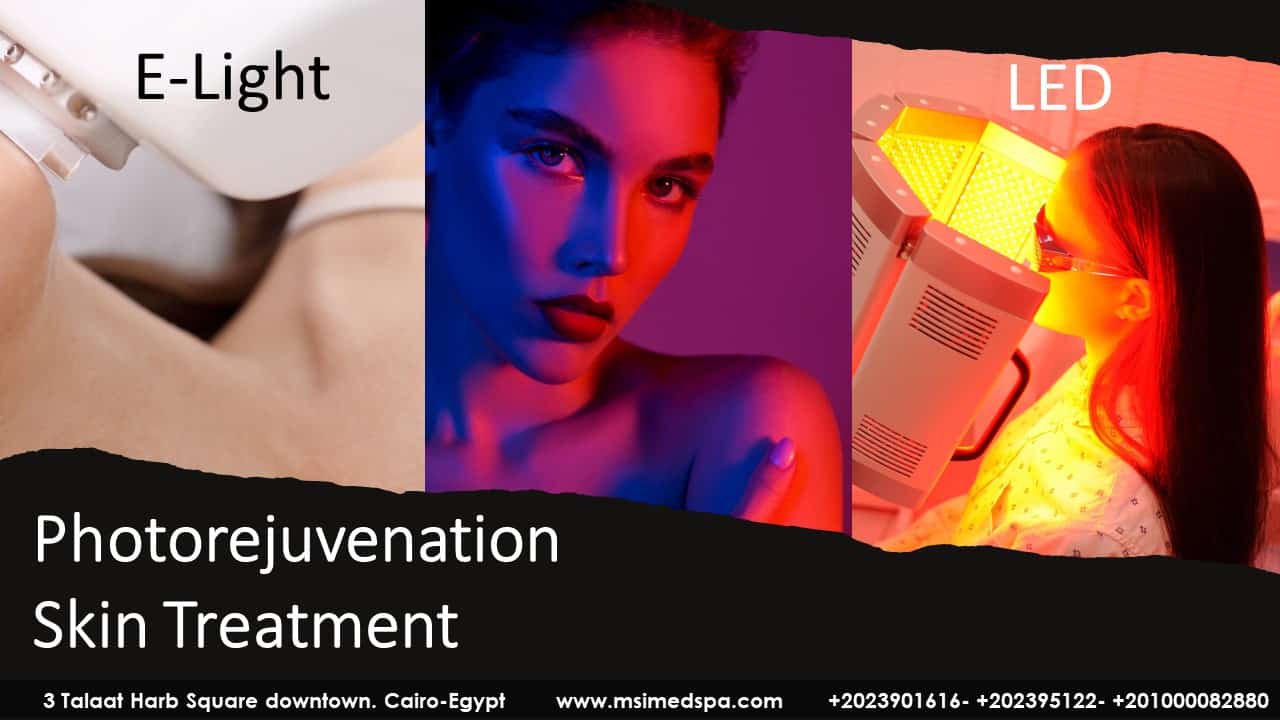Light Skin Treatment
Light skin treatment or photo-rejuvenation encompasses many procedures using light or laser-based technology to reverse the effects of photoaging. Non-ablative photo-rejuvenation refers to the controlled use of thermal energy to carry out skin rejuvenation without disturbing the overlying epidermis and with minimal to no downtime. Currently employed non-ablative modalities include primarily intense pulsed light (IPL), visible wavelengths including 585nm pulsed dye laser (PDL), and 532 nm green light (KTP laser). Different infrared wavelengths with water as the target are used for remodeling dermal collagen. The primary mechanism of action is thermal injury, either by heating the dermis to stimulate fibroblast proliferation or by heating blood vessels for photocoagulation. The newest way to deliver these wavelengths is by fractionating the dose. The non-thermal mechanism, which represents a fundamental change in thinking, is the theory of photo-modulation. This novel approach to photoaging uses non-thermal light treatments to regulate the activity of cells and not to invoke thermal wound healing mechanisms. The two types of Photo-facial (foto-facial) or Photo-rejuvenation are available are the Intense-Pulsed Light (IPL) and the Light-Emitting Diode (LED) treatments; however, to get the results you hope to do, it’s essential to understand the difference between these facial rejuvenation technologies before you book an appointment. Your best bet for minor skin problems is to schedule an LED (often called a Non-IPL) treatment, and for more severe conditions, you’ll book to IPL.
